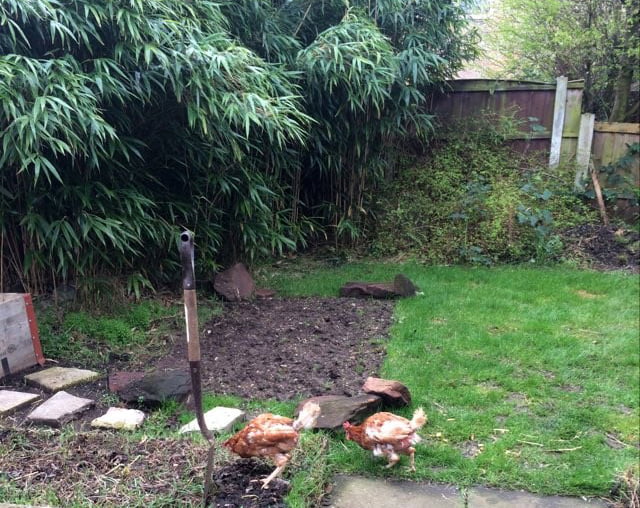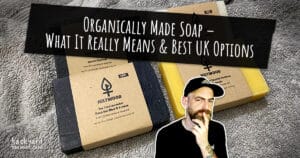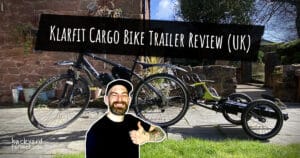1. Use old yogurt pots and ice cream tubs for plant labels
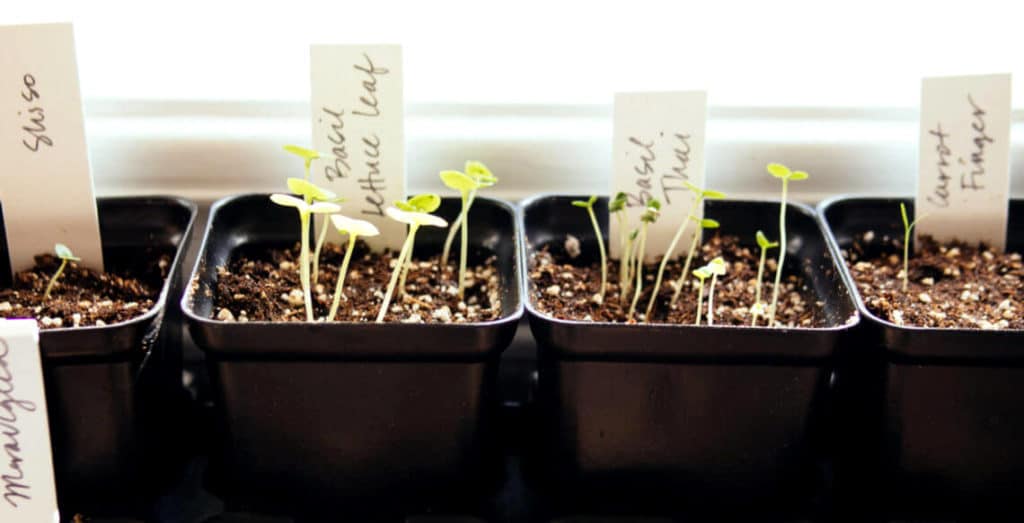
Using old yogurt containers and things like ice cream tubs or any white plastic can be a great way of re-purposing some of your waste.
- Cut your plastic container into strips around 2.5cm/1” wide, and as much length as you can
- Using a permanent marker, make a note of what you have planted and when
- place firmly into the ground by your seedlings or freshly sowed seeds
Its important to note that whilst this is a useful technique, we are using plastic which is not the most environmentally friendly material. This is why we need to be responsible growers and make sure we remove tags when we’re finished with them, be sure to recycle any viable plastics.
Thanks for reading and we hope you learn something you can use from this article. If you want to give back to us here at backyard-farmer.com, just click on an advert 🙂 Thanks!
2. No dig potatoes
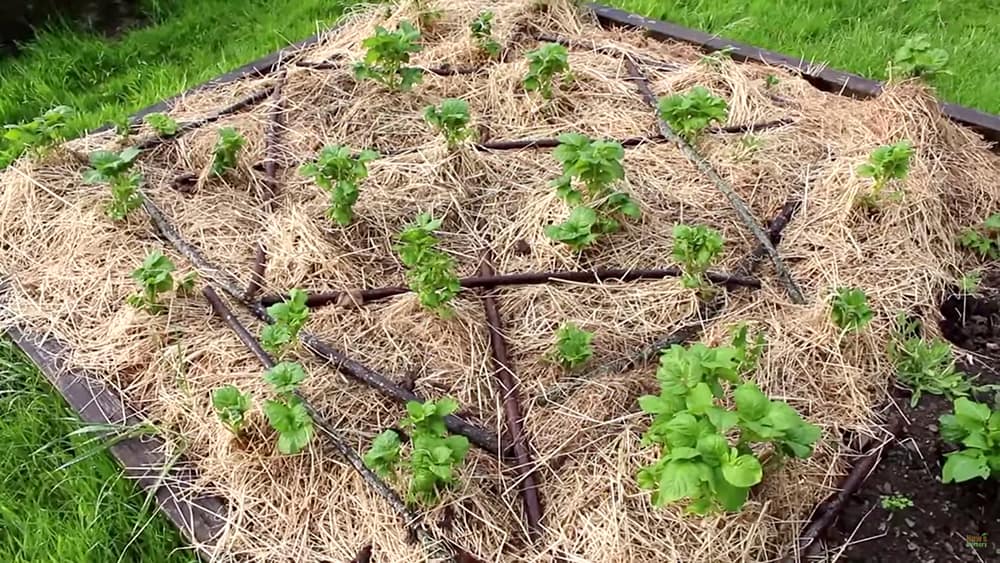
This is one of my favorite ways to grow potatoes due to it’s hassle free harvesting! By growing the plant into a mulch rather than soil we can remove potatoes without using a spade! This is a no dig method which also supports the grounds culture of mycelium and other beneficial organic networks.
- Place your potato seeds, potatoes or chitted potatoes into the topsoil in a deep raised bed half filled with soil. Plant these sprouting side up or the end with the most eye’s.
- Cover the potatoes with some mulch, you can use old straw, hay or autumn leaves.
- From a couple of weeks to a month you should start to see the plants pushing through your mulch. Cover these again with another layer of your chosen mulch.
- Leave the potatoes go full cycle, they will be ready to harvest around 2 weeks after flowering, depending on type
- You can now pull your potatoes straight from the mulch with no need to dig or wash your spuds! The remaining mulch will be good for the compost bin

This is a great way to repurpose some garden matter, as I keep chickens there is an abundance of used straw after cleaning out their coop. Not only is this good for hassle free growing, it is often mixed with some chicken manure which is good for nutrients etc..
3. Defend your seedlings from slugs for free & without pesticides
Brambles are everywhere here in the UK and can be time consuming to maintain. They are usually cut down and burned to dispose of them. A better and more environment friendly use for these canes can be to defend your edible plant beds from invaders like slugs.
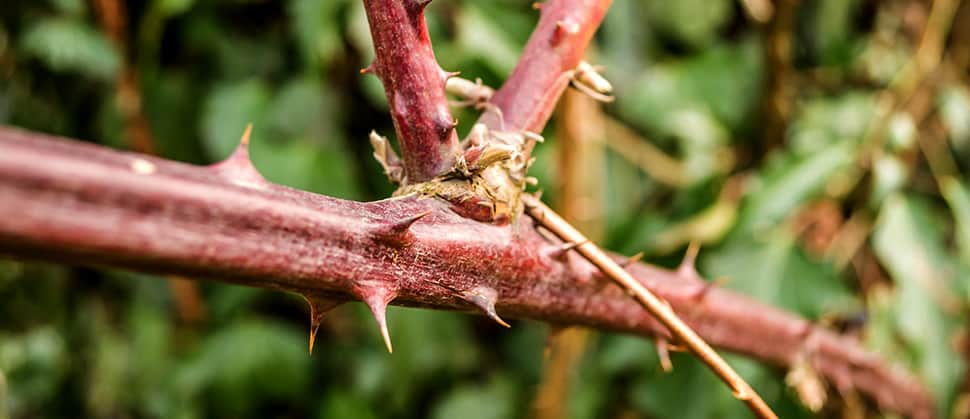
Slugs a veracious creatures and whilst this wont deter every slug, it will offer a good 1st wall of defence against them. For maximum effect combine this method with something like crushed egg shells.
- Trim the brambles to around 30cm lengths
- Place these along the border of your patches around 2-3 thick
- Sure up this defence with something like egg shells

4. Free seed trays? New life for old pallets
This is a great way to repurpose wooden pallets! In most towns there is usually an abundance of wood pallets. They are used for transport in most cases. Places like your local garden centre, building merchants or markets are good places to get some wooden pallets for free.
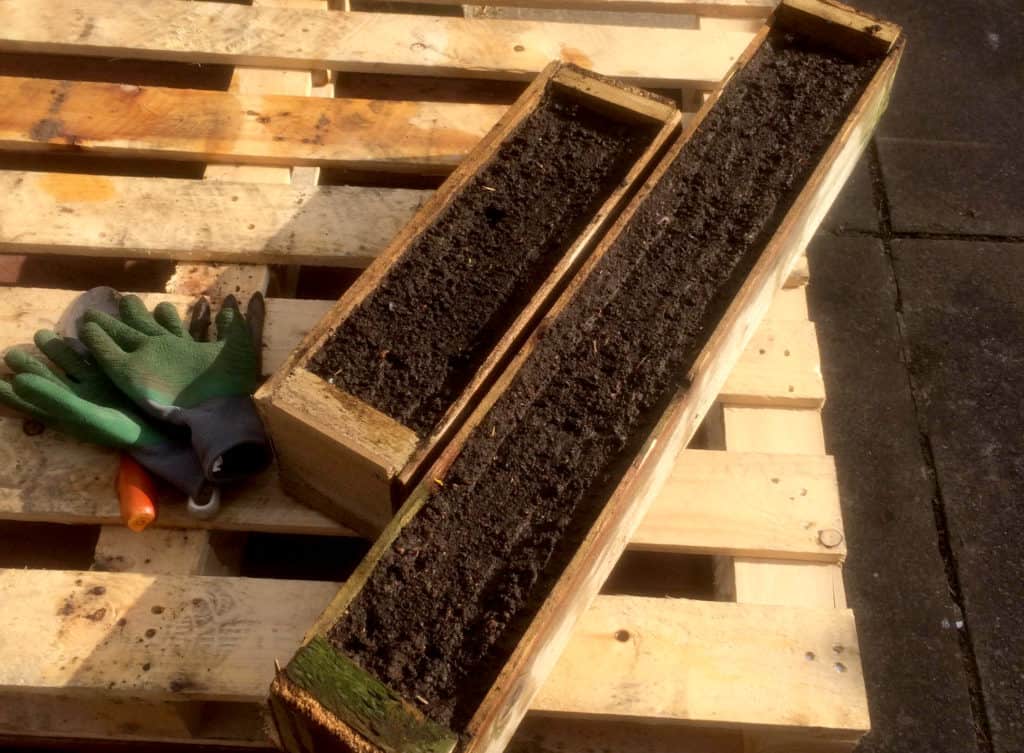
There are so many things you can do with pallets, but for this tutorial we will concentrate on making some free seed trays;
- Start by making a frame, you can make this frame into any size you need. It can be either a rectangle or square. It’s a good idea to make the base equal to the width of several planks to save any unnecessary cutting.
- Once you have the frame, nail or screw some planks onto the base, they don’t need to be cut to length just yet. If you prefer you can pre-cut these to the correct length
- With all the planks attached and the tray taking shape it’s time cut cut off any excess wood. If you have some planks sticking out, simply cut these off along the edge of the box
- Sand down any rough areas to avoid unwanted splinters and your seed tray is ready! Simple as that
When sourcing pallets, remember to get ones with the ‘HT’ symbol. This stands for ‘Heat Treated’, anything else may have been treated with chemicals that could taint your food
5. How do I make a straight seed trench?

There’s nothing more satisfying than a perfectly straight line of well maintained plants. Its a very satisfying and ‘Zen’ experience. So how do you get seeds in a perfectly straight line? Personally I use 2 methods, one of which is for seeds and the other for bigger things like seedlings.
6. Re-purpose old toilet roll tubes for your seedlings
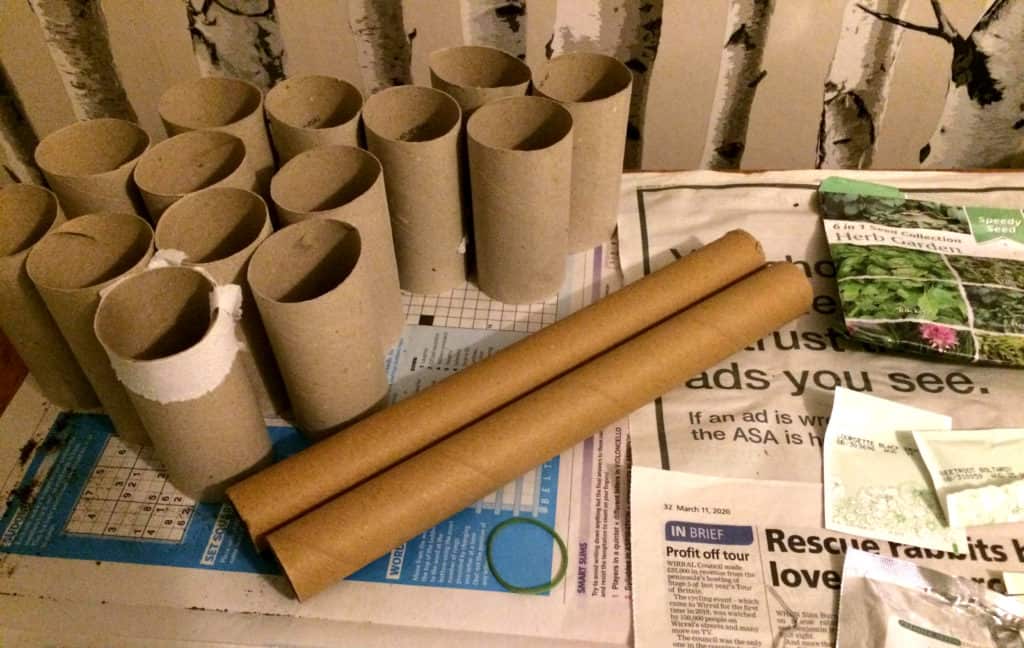
Another great technique for re-purposing an everyday item is to use toilet tubes to grow your seedlings in and plant them with little fuss. Not only is this effective, it is also very simple and easy to do.
- Fill a toilet roll tube with some compost
- Place the tube(s) into a seed tray or somewhere the run off wont be an issue
- Plant your chosen seeds into the center of each toilet tube
- Wait for seeds to develop into seedlings
- When it’s time to plant, just place the entire tube into the ground
The cardboard tubes are biodegradable and will break down in no time allowing for the seedling and its root system to develop fully. This saves on time and causes less stress to the plant during the transplanting process.
7. Plant seedlings easily with this guttering gardening hack
This a great technique, it makes life easier for the grower and its less stress for the plants. This process works well for things like peas and beans.
- Find some old guttering, cut it to length (width of your vegetable patch) and fill the bottom 1/3 with some soil or compost
- Evenly plant your seeds down the guttering and leave it to get some sun and germinate the seeds
- Allow the seedlings to develop until they are strong enough to go into the soil
- Dig out your trench and put your guttering into it
- Lift up one end and side out your seedlings!
- Patch up any areas that need it and your seedlings are planted!
8. Support climbing plants like pea’s and beans with old spruce branches.
A great free way to offer support to your plants like pea’s and beans is to utilize old branches for growing supports. These offer more purchase than the commonly used bamboo supports and are also free!
The best branches yo use are from dead spruce, pine or fir trees. This makes old Christmas trees perfect for repurposing as these supports. Find you old tree or ask a neighbour for theirs once the festive season is over. The branches make perfect supports for climbing plants.
9. A simple and free way to improve carrot and parsnip germination!
This is one of the most effective ways out there to help increase the germination of your carrot and parsnip seeds. Both these vegetables seeds need to be kept moist during the germination period. This can be hard to achieve outside where we have less control over conditions, especially in the hotter months of the year.
- Find a plank of wood, a slat from a pallet or old fence panel is perfect for this
- Cut the wood to length, it needs to cover your carrot or parsnip seeds
- Plant your seeds into a seed trench, cover with soil and water
- Place the piece of wood over your seeds
This helps the soil retain its moisture, this stops the seeds drying out at this vital stage of the plants life, increasing yield and health of germinating seeds. Keep an eye on your patch and when you see the seedlings break the soil, remove the plank of wood.
10. How to grow a strong and healthy tomato plants
One simple trick to get your tomato plant seedlings off to a shooting start is to encourage its root growth. One free and effective way to do this is to starve the plant of water for 7 days after transplanting.
- Transplant tomato seedling to its final spot
- Water it in once
- Leave the plant for 7 days without water
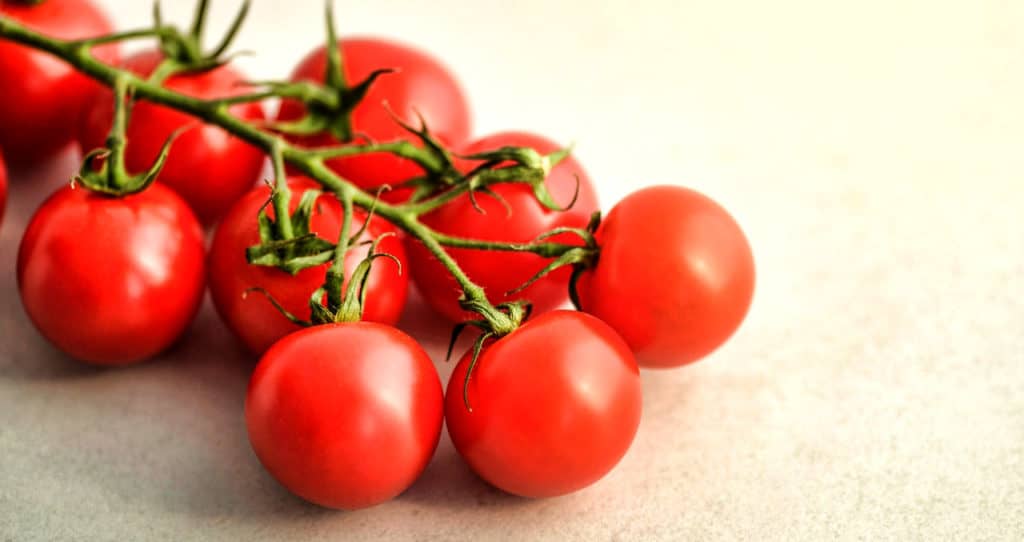
This will encourage the roots to grow as the search out for a source of water. After 7 days, resume your normal watering cycle. This will give the plants a firm anchor and greater reach for nutrient and water intake.
Discover additional tips on reducing your environmental footprint in our comprehensive article on How to Live a More Eco-Friendly and Sustainable Life.
Did you know?

One of the ways the body builds new brain cells is through exercise! The more you exercise, the mightier your brain power.
